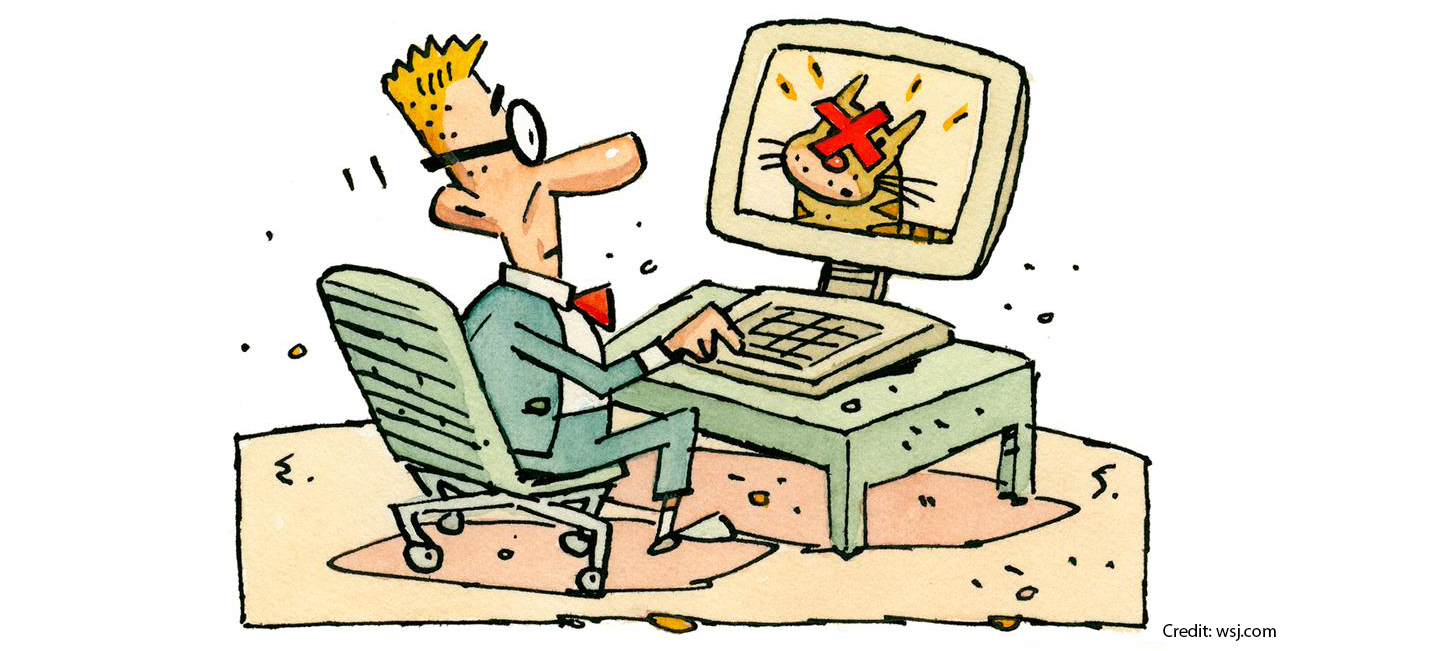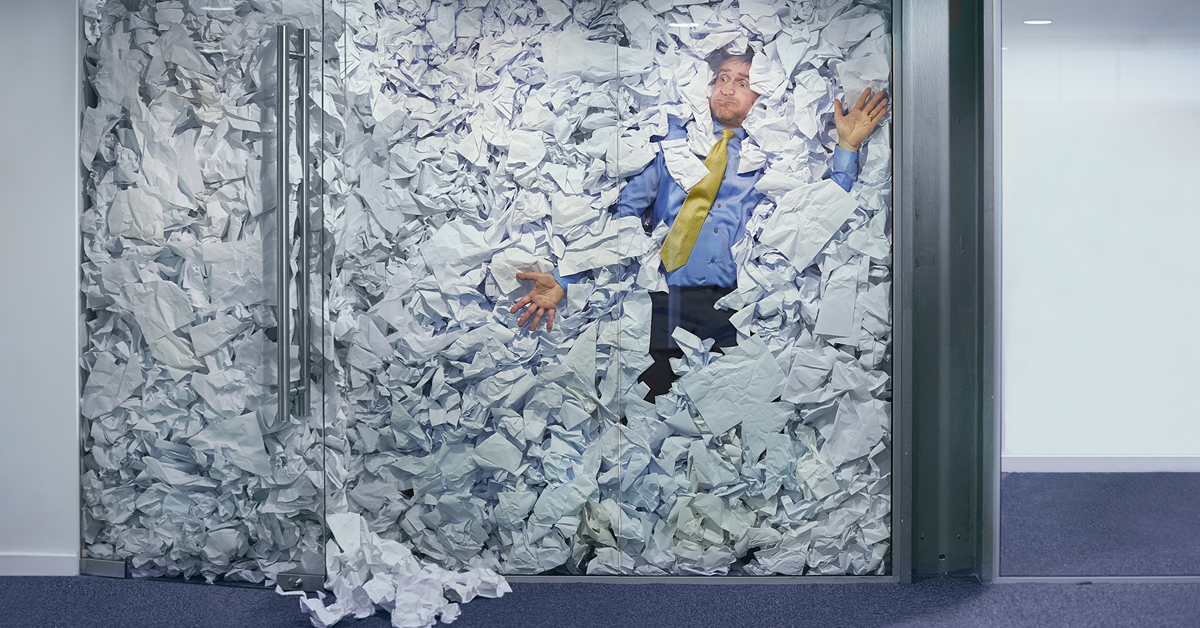Workplace distractions bombard employees every minute of the day, and for most, there’s no escaping it. For example…
You’re working in your cubicle when two coworkers (one on each side of your cubicle) prairie dog above the cubicle walls and begin a conversation, oblivious that you’re stuck in between them trying to work.
You’re sitting at your desk in your office with the door open when a coworker walks in assuming you have time to chat and launches into a long meandering story.
You work in an open space office environment, and the employee next to you receives a personal call. Instead of taking the call outside, he decides to facetime at his desk, not caring that this disrupts the work of those around him.
Sound familiar? If so, you’re not alone. In a recent survey conducted by Oxford Economics, workplace distractions are the biggest contributing factor to decreased employee productivity and morale and the company bottom line. Furthermore, the very thing that keeps us connected in this global economy may be distracting us the most: technology.
In the survey, employees rank ability to work without interruption as their main priority. Top time-wasters include:
- Meetings (often held without an agenda so they end up off topic and running long)
- Office politics
- Socializing with co-workers
- An unrelenting stream of emails
- The call of the internet (cat videos can be entertaining!)
- Fixing others’ mistakes
- Conducting personal business
- Being micromanaged (the death knell of employee engagement)
- Wrong office temperature (“this area is too hot, this area is too cold” Goldilocks syndrome)
- Multiscreen multitasking (and we already know, the brain isn’t wired to multitask)
So what are employers to do? They need to recognize that workplace distractions exist. They also have to want to do something about it.
Possible solutions to consider include:
- Talking to employees about what’s working, what isn’t and what needs to change
- Re-configuring office space
- Creating a quiet zone
- Allowing employees to work remotely
- Providing the tools needed so employees can work anywhere
Making small changes now can improve employee productivity and morale, in addition to the company bottom line.
Source:
https://smallbiztrends.com/2016/06/how-to-get-rid-of-workplace-distractions.html



